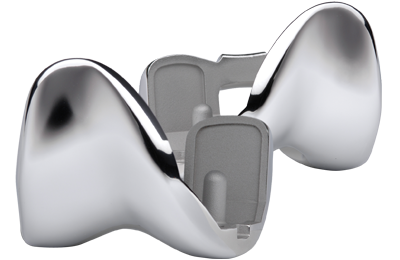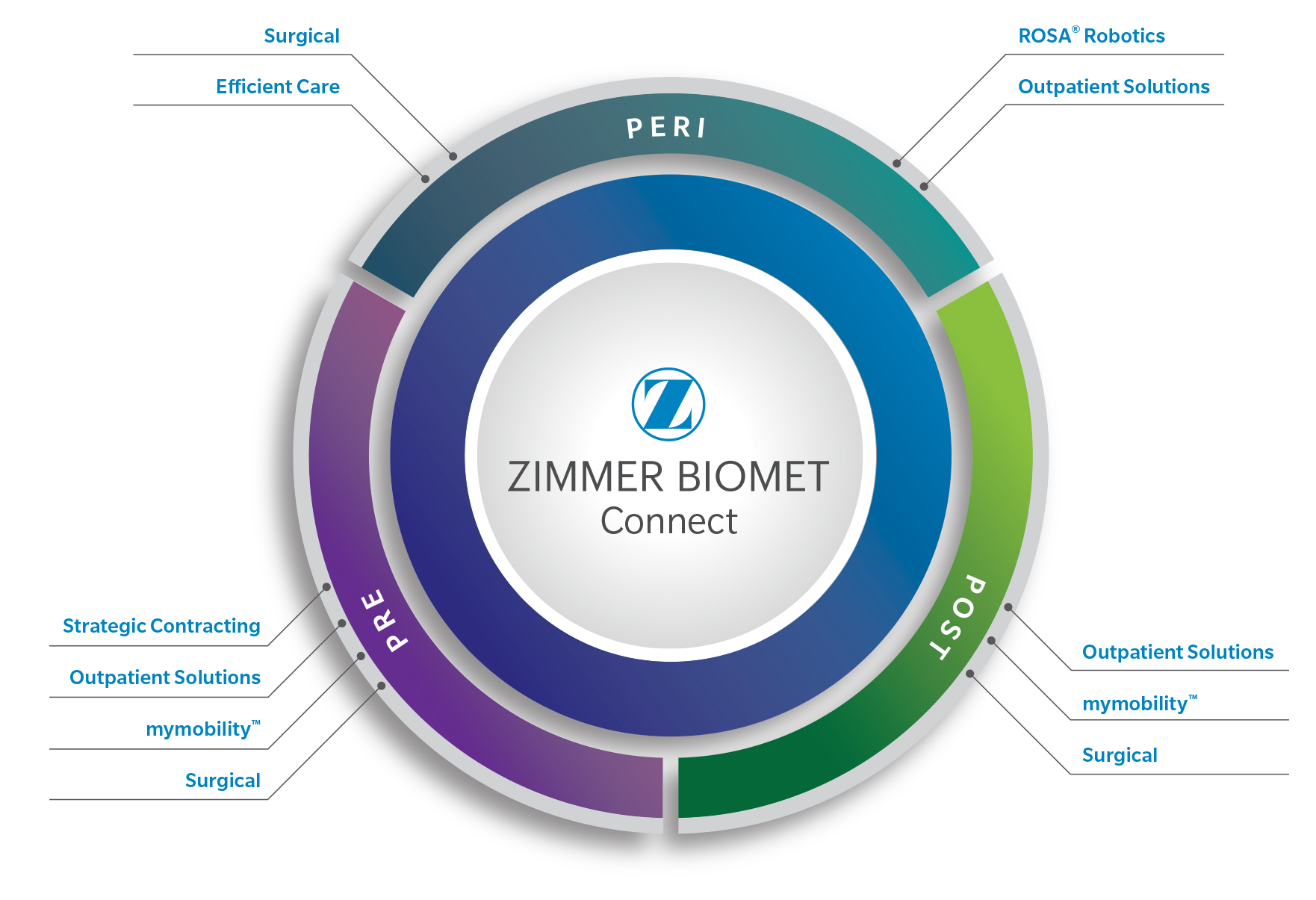The Zimmer Gender Solutions NexGen High-Flex Knee Implants compensate for the most important differences between women’s and men’s knees.
A growing body of research has led to breakthroughs in distinctive female and male diagnoses and treatments — for conditions ranging from heart disease to rheumatoid arthritis. The need to account for gender-specific solutions in orthopedics is apparent...
- Orthopedic surgeons have reported anatomical differences in women’s and men’s knees for years1-8
- Orthopedic surgeons often have to consider intraoperative adjustments during knee surgery to accommodate women’s anatomical differences4
- Women account for nearly two-thirds of knee arthroplasties performed annually in the U.S9,10
- Women are three times more likely than men to forego knee arthroplasty11




